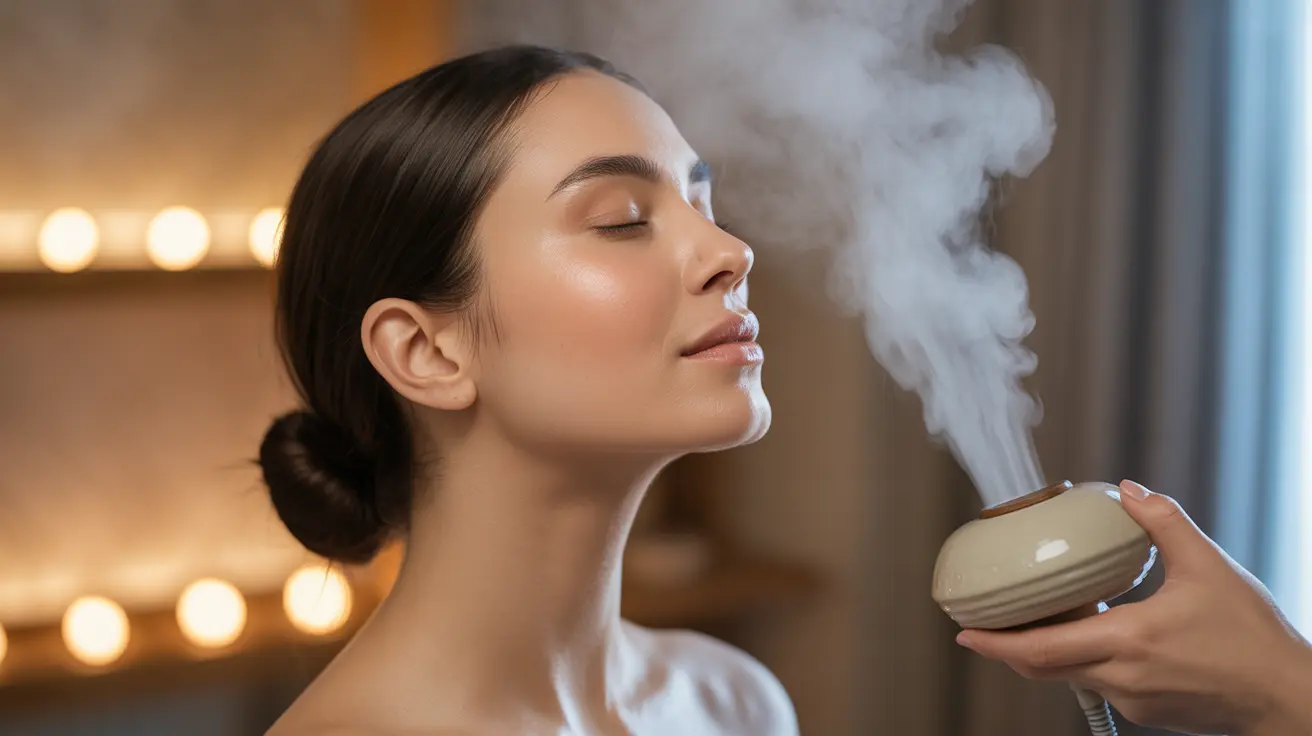Facial steaming has become increasingly popular as a skincare ritual, offering numerous potential benefits for skin health and appearance. This gentle, natural treatment uses warm steam to help cleanse, hydrate, and rejuvenate your skin. Understanding what facial steaming does and how to do it properly can help you maximize its benefits while avoiding potential risks.
How Facial Steaming Benefits Your Skin
When you expose your skin to warm steam, several beneficial processes occur. The heat causes your pores to dilate and increases blood circulation to your face, potentially leading to better nutrient delivery to your skin cells. This enhanced blood flow can give your skin a healthy, natural glow while supporting its natural healing processes.
Enhanced Cleansing and Pore Care
One of the primary benefits of facial steaming is its ability to soften the buildup of dirt, oil, and dead skin cells in your pores. The warm steam helps loosen these impurities, making them easier to remove during your regular cleansing routine. This deep cleansing action can help prevent clogged pores and reduce the occurrence of blackheads.
Hydration and Moisture Benefits
Steam naturally adds moisture to your skin's surface, helping to hydrate and plump up your complexion. This increased hydration can temporarily reduce the appearance of fine lines and create a more supple skin texture. The moisture boost can be particularly beneficial for those with dry or dehydrated skin.
Safe Facial Steaming Practices
Recommended Frequency
For most people, steaming your face 1-2 times per week is ideal. Over-steaming can irritate your skin and disrupt its natural balance, so it's important not to overdo it. Listen to your skin and adjust the frequency based on how your skin responds.
Proper Technique and Safety
When steaming your face, keep your face about 8-10 inches away from the steam source. A session should last between 5-10 minutes maximum. Always use clean, purified water, and ensure the water isn't too hot to avoid burns or skin irritation.
Understanding Limitations and Precautions
While facial steaming can offer numerous benefits, it's not suitable for everyone. People with certain skin conditions, such as rosacea or severely sensitive skin, should avoid facial steaming or consult their healthcare provider first. Additionally, those with broken capillaries or sunburned skin should wait until their skin has healed before trying facial steaming.
Frequently Asked Questions
- What does steaming your face do for your skin and pores?
Facial steaming opens up your pores, increases blood circulation, and helps soften debris and dead skin cells. This process can make it easier to deep clean your skin and can improve the absorption of skincare products.
- How often should I steam my face for best results without irritating my skin?
Most skin types benefit from facial steaming 1-2 times per week. More frequent steaming can potentially irritate your skin or disrupt its natural balance.
- Are there any risks or side effects of using facial steaming, and who should avoid it?
People with rosacea, sensitive skin conditions, or broken capillaries should avoid facial steaming. Potential risks include skin irritation, burns if the steam is too hot, and aggravation of existing skin conditions.
- Can facial steaming help with acne or blackheads, and how does it work?
Yes, facial steaming can help with acne and blackheads by softening the debris in pores and making it easier to remove during cleansing. The increased blood flow may also support skin healing.
- What's the right way to steam your face at home for maximum benefits and safety?
Keep your face 8-10 inches from the steam source, use clean water, and limit sessions to 5-10 minutes. Always cleanse your face first, and follow up with your regular skincare routine while your skin is still warm and receptive.




